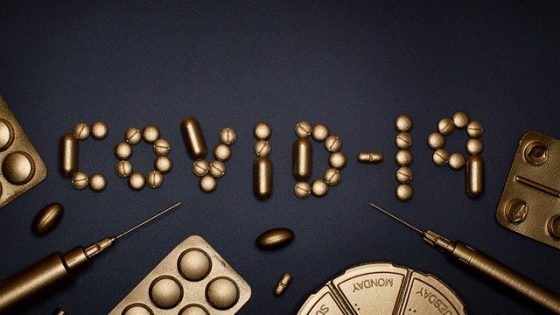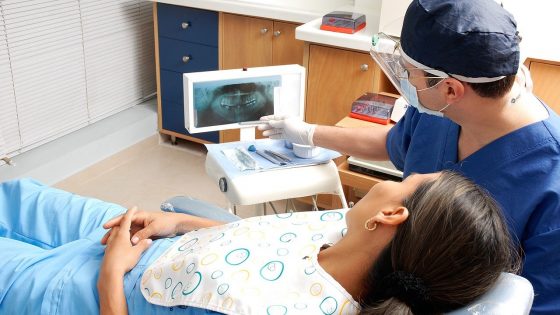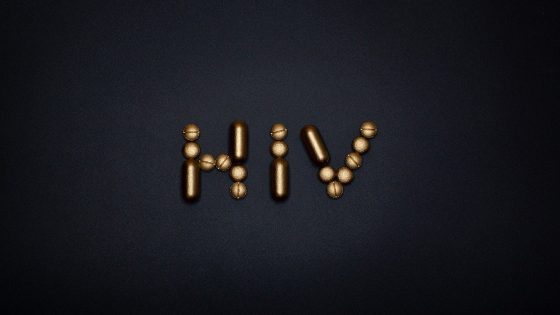cystic fibrosis
A common hereditary disease in which exocrine (secretory) glands produce abnormally thick mucus. This mucus can cause problems in digestion, breathing, and body cooling.
cystic nephroma
A rare, benign (not cancer) kidney tumor made up of fluid-filled cysts. Cystic nephroma can occur in one or both kidneys. Signs and symptoms may include pain in the abdomen or back, a lump in the abdomen, blood in the urine, urinary tract infection, anemia, and fever. Cystic nephroma usually occurs in young children or middle-aged adults. Cystic nephroma may also be found in patients who have pleuropulmonary blastoma (a rare, fast-growing cancer that forms in the tissues of the lung and chest cavity). Some patients with cystic nephroma have a mutation (change) in a gene called DICER1.
cystitis
Inflammation of the lining of the bladder. Symptoms include pain and a burning feeling while urinating, blood in the urine, dark or cloudy urine, feeling a need to urinate often or right away, being unable to control the flow of urine, and pain in the pelvis or lower back. Cystitis is most often caused by an infection, but it may also be caused by taking certain medicines (such as anticancer drugs), radiation therapy to the pelvis, being exposed to chemicals (such as perfumes or dyes), or having a catheter in the bladder for a long time. It may also be caused by other conditions, such as diabetes, kidney stones, an enlarged prostate, or a spinal cord injury.
cystoprostatectomy
Surgery to remove the bladder and the prostate. The seminal vesicles and nearby lymph nodes may also be removed. The prostate and seminal vesicles are glands in the male reproductive system that help make semen. Also called prostatocystectomy.
cystosarcoma phyllodes
A type of tumor found in breast or prostate tissue. It is often large and bulky and grows quickly. It may be benign (not cancer) or malignant (cancer) and may spread to other parts of the body. Also called CSP and phyllodes tumor.
cystoscope
A thin, tube-like instrument used to look inside the bladder and urethra. A cystoscope has a light and a lens for viewing and may have a tool to remove tissue.
cystoscopy
Examination of the bladder and urethra using a cystoscope, inserted into the urethra. A cystoscope is a thin, tube-like instrument with a light and a lens for viewing. It may also have a tool to remove tissue to be checked under a microscope for signs of disease.
cystourethrectomy
Surgery to remove the bladder (the organ that holds urine) and urethra (the tube through which urine leaves the body).
cytarabine
A drug used with other drugs to treat acute lymphoblastic leukemia (ALL), acute myeloid leukemia (AML), and chronic myeloid leukemia (CML). It is also used to prevent and treat a type of leukemia that has spread to the meninges (three thin layers of tissue that cover and protect the brain and spinal cord). It is also being studied in the treatment of other types of cancer. Cytarabine blocks cells from making DNA and may kill cancer cells. It is a type of antimetabolite. Also called ARA-C.
cytochlor
A substance being studied in the treatment of cancer that has spread to the brain. It has also been studied in the treatment of other types of cancer. Cytochlor damages the DNA in cancer cells, which may make them easier to kill with radiation therapy. It is a type of radiosensitizing agent.













